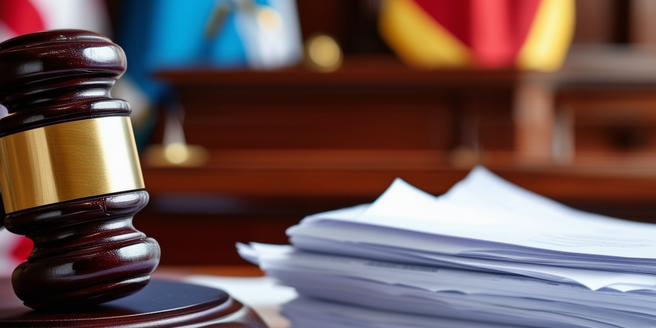
Introduction to Digital Services Class Action Lawsuits
Class action lawsuits against digital services have become increasingly common in recent years. These lawsuits typically involve a group of consumers who claim to have been harmed by a company’s digital service. The legal landscape is evolving to address these modern challenges. The plaintiffs come together to file a single lawsuit, which can be more efficient and less costly than individual lawsuits. The rise of digital services means that consumers are more connected than ever, but it also means that they are more vulnerable to widespread issues, such as data breaches, privacy violations, and service outages.
Common Grounds for Filing Lawsuits Against Digital Services
Consumers may file class action lawsuits against digital services for various reasons. Common grounds include unauthorized data collection, privacy violations, failure to secure user data, and misleading marketing practices. These issues have become increasingly prevalent in our digital age. For example, if a digital service collects and shares user data without explicit consent, affected consumers may have grounds to sue. With the rise of digital interactions, the stakes for maintaining user trust have never been higher. Additionally, breaches that expose sensitive information can lead to class actions if the service provider fails to protect its users adequately. Misleading advertising about service capabilities or features can also trigger legal actions.
Case Studies of Notable Digital Services Class Action Lawsuits
Several high-profile class action lawsuits have been filed against digital service providers. One notable case involves a major social media platform that allegedly mishandled user data, leading to a significant breach. Additionally, a major e-commerce platform is facing a lawsuit for allegedly enabling fraudulent transactions. Another case revolves around a popular streaming service accused of falsely advertising its content library. These cases highlight the potential risks digital services face and the importance of maintaining transparency and robust security measures. Analyzing these lawsuits provides valuable lessons for both consumers and service providers on the importance of adhering to legal and ethical standards.
Legal Processes Involved in Class Action Lawsuits
Class action lawsuits follow a specific legal process, beginning with the filing of a complaint. Once the complaint is filed, the court must certify the class, ensuring that the group of plaintiffs is adequately represented. Discovery then takes place, where both parties gather evidence to support their claims. This phase can be lengthy and complex, involving document reviews, depositions, and expert testimonies. If the case does not settle during or after discovery, it proceeds to trial. A class action trial can be extensive, with both sides presenting arguments and evidence before a judge or jury.
Consumer Rights and Protections in the Digital Age
In the digital age, consumer rights and protections are more critical than ever. As technology evolves, new challenges continue to emerge regarding consumer privacy and data security. Laws and regulations have been established to protect consumers from unfair practices by digital service providers. These include data protection regulations, such as the GDPR in Europe, and various consumer protection laws. Consumers have the right to know how their data is used and to expect a certain level of security and transparency from digital service providers. Understanding these rights empowers consumers to take action when companies fail to meet their obligations, whether through individual complaints or class action lawsuits.
Future Trends in Digital Services Litigation
As technology evolves, so too will the landscape of digital services litigation. Future trends may include increased scrutiny of artificial intelligence and machine learning applications, particularly regarding data privacy and bias. Blockchain technology and decentralized services might also present new legal challenges. Additionally, as more devices become interconnected through the Internet of Things (IoT), the potential for widespread impacts from a single point of failure may lead to new types of class actions. Keeping abreast of these trends will be essential for both consumers and digital service providers to navigate the future legal environment effectively.
